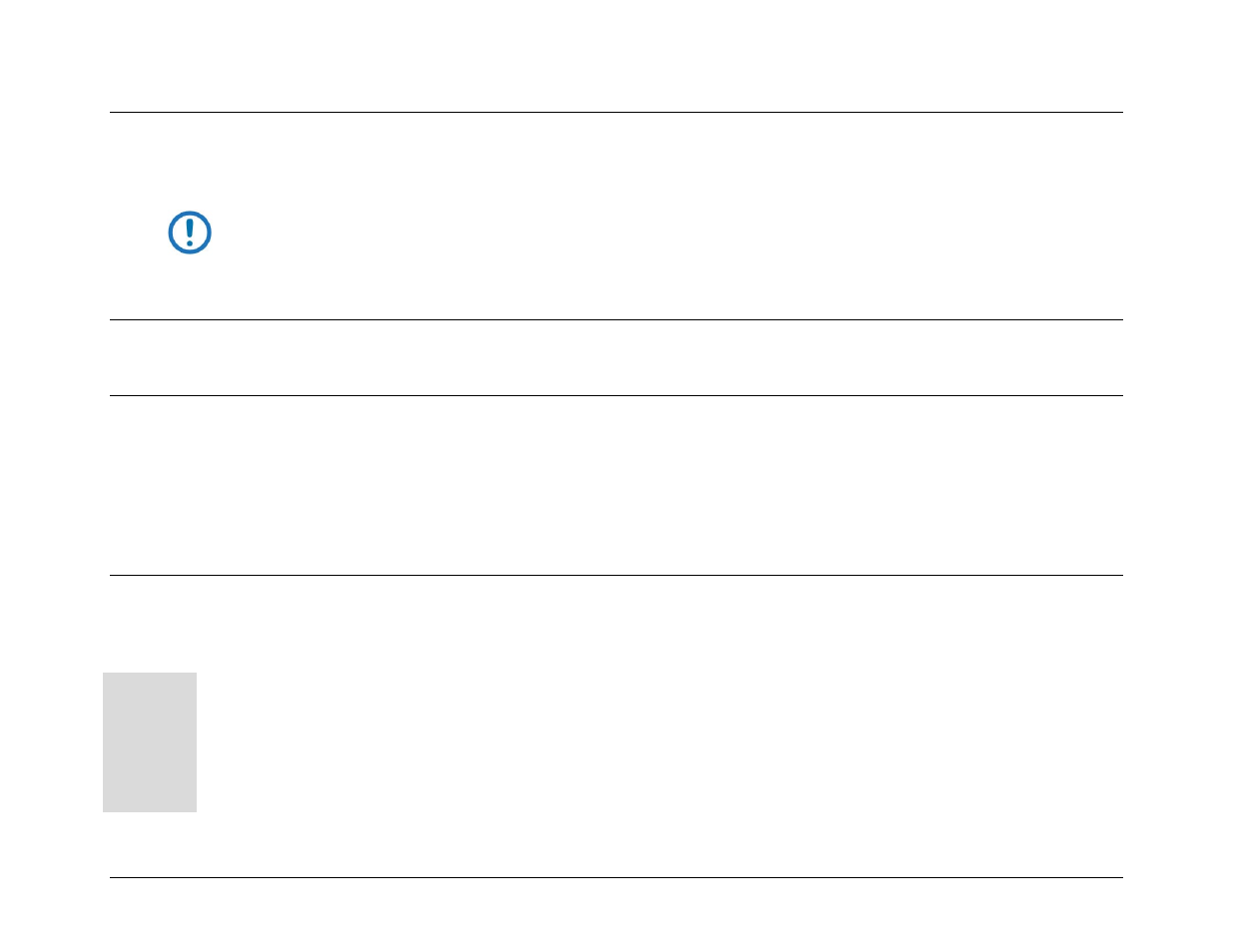2 target address, 3 address delimiter, 4 instruction code – Comtech EF Data LPOD-R User Manual
Page 116: 5 instruction code qualifier

LPOD-R Outdoor Amplifier / Block Up Converter (BUC)
MN-LPODR
Optional Serial-based Remote Product Management
Revision 1
5–6
5.3.4.2 Target Address
Up to 9,999 devices can be uniquely addressed. In EIA-232 applications, this value is set to 0. In EIA-485 applications, the permissible
range of values is 1 to 9999.
The Controller sends a packet with the address of a Target – the destination of the packet. When the Target responds, the
address used is the same address, to indicate to the Controller the source of the packet. The Controller does not have its
own address.
5.3.4.3 Address Delimiter
• Forward slash character: / (ASCII code 47)
5.3.4.4 Instruction Code
This three-character alphabetic sequence is intended to be a mnemonic of its operational function. This aids in the readability of the
message, should you display it in its raw ASCII form.
For Example: GAC means Global Amplifier Configuration; IPA means IP Address, etc.
Both upper case and lower case alphabetic characters may be used (A-Z and a-z, ASCII codes 65-90 and 97-122).
5.3.4.5 Instruction Code Qualifier
This single character further qualifies the preceding instruction code. Code Qualifiers obey the following rules:
From Controller-to-Target, the instruction code qualifiers are:
=
(ASCII
code 61
This qualifier is used as the command (assignment) operator that instructs that the preceding instruction code should be set to the
value of the argument(s) that follow. For example: MUT=1 means ‘set the Mute function to Enabled’.
?
(ASCII
code 63)
This qualifier is used as the query operator that instructs the Target to return (report) to the Controller the current set value for the
parameter defined by the preceding instruction code. For example: SWR? means ‘return the firmwares installed in the Active and
Pending images’.